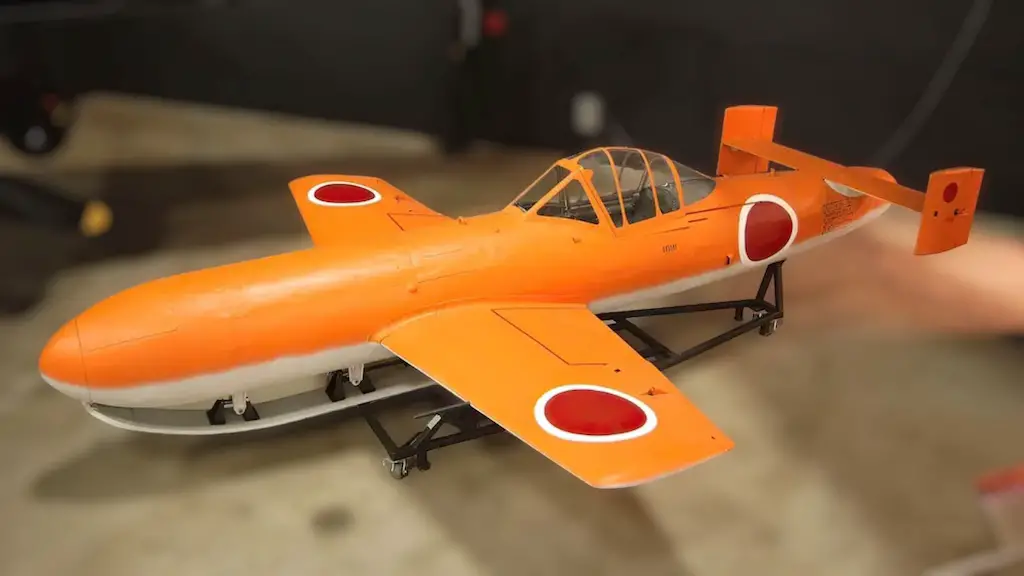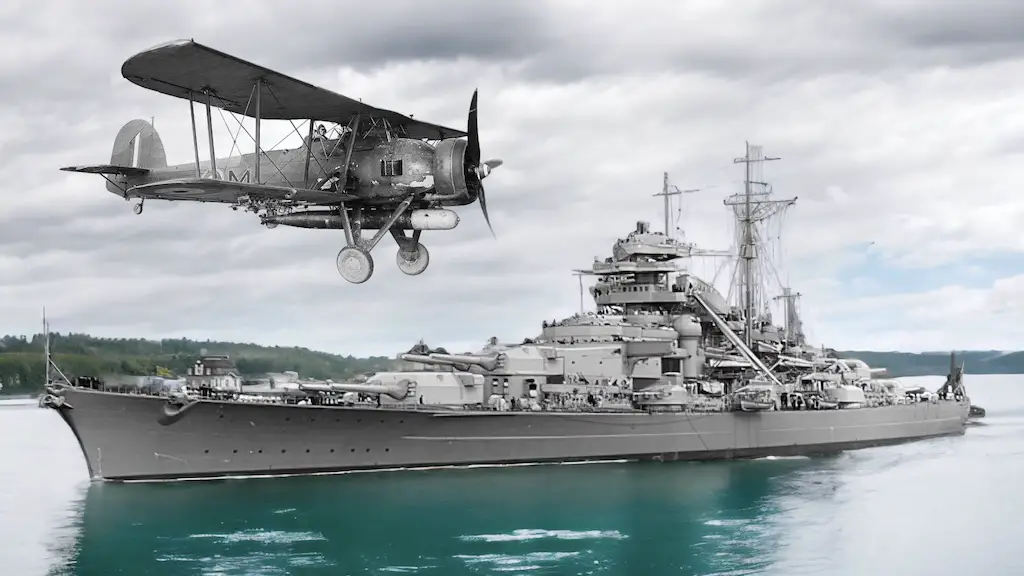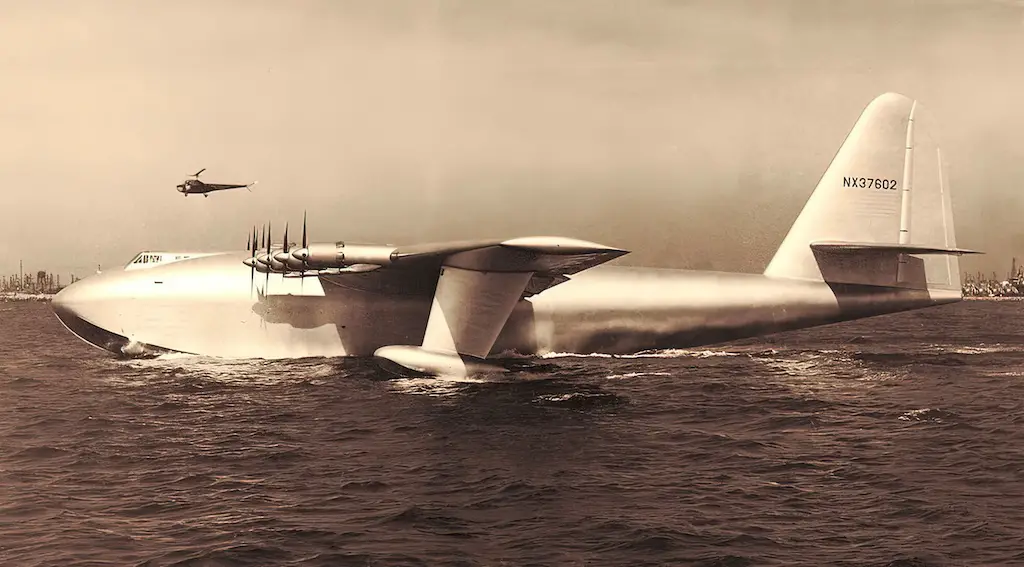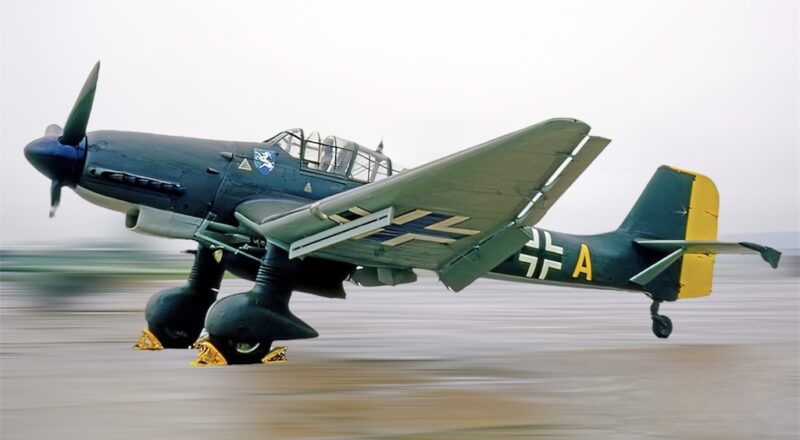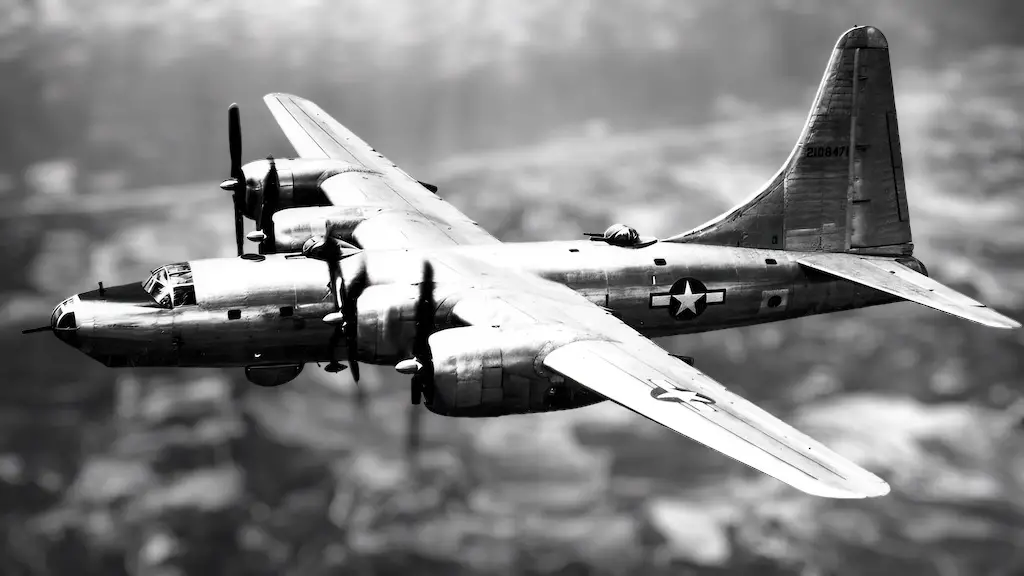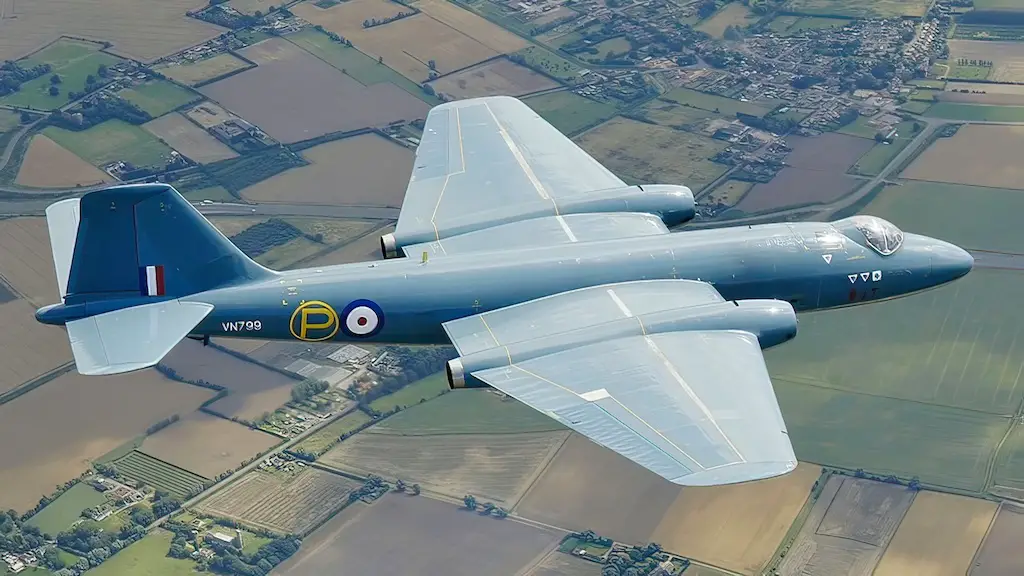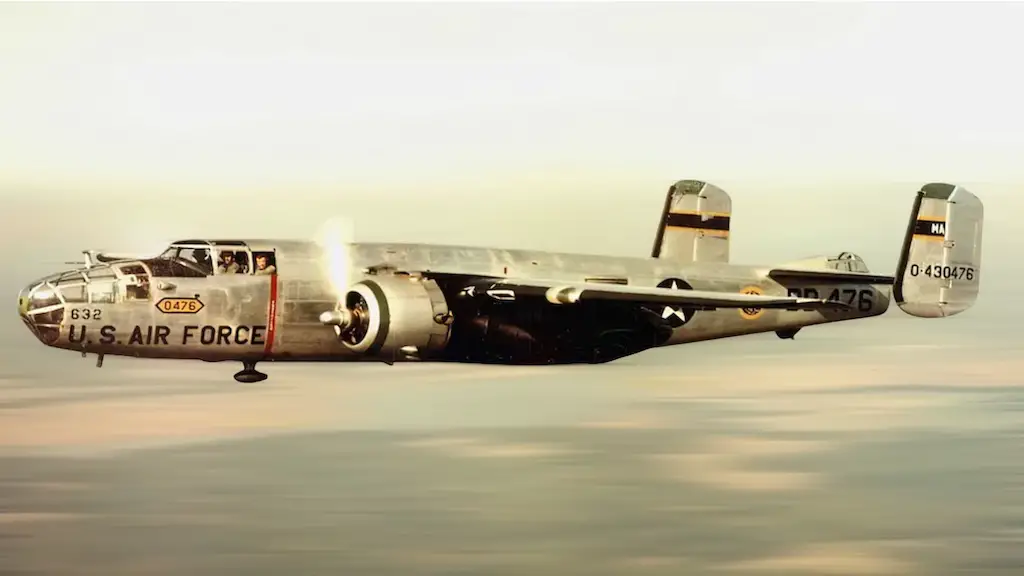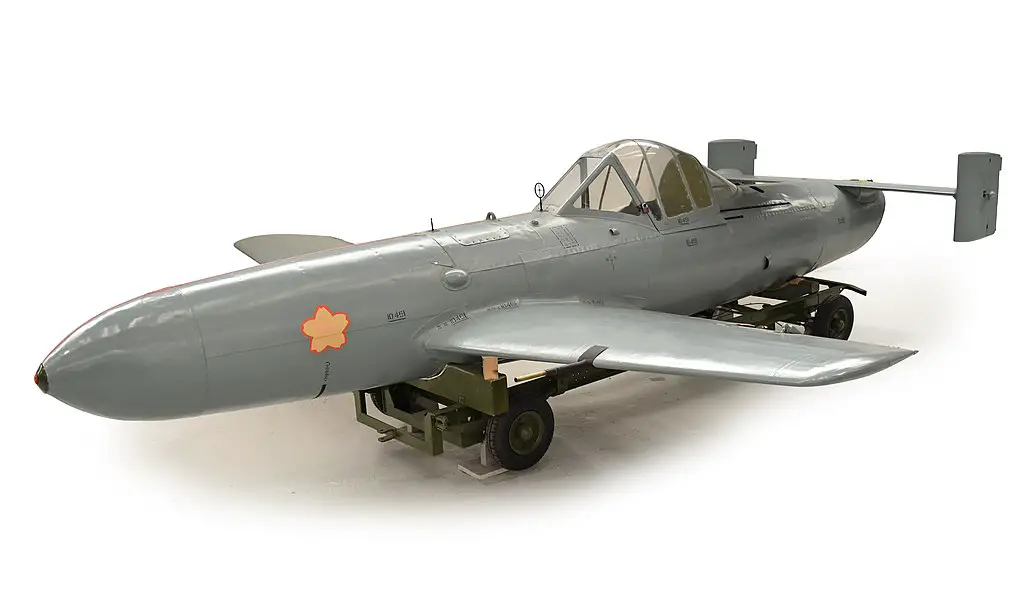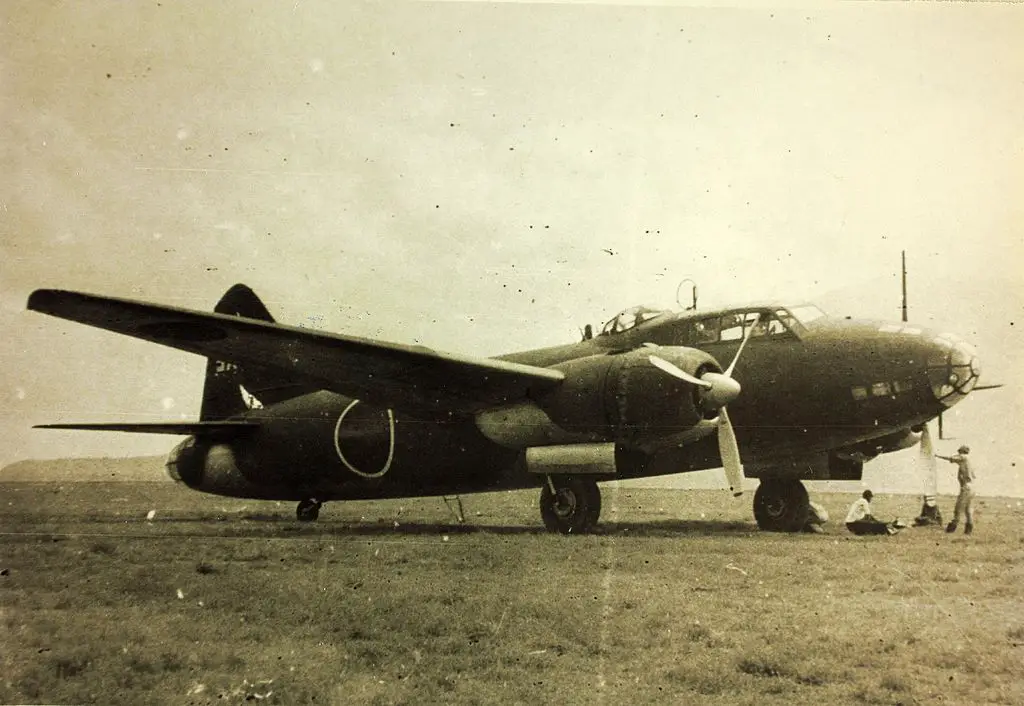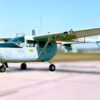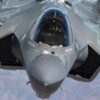At about the same time as German V-1 flying bombs and V-2 ballistic missiles started terrorizing Britain, Japan was preparing to field a similar weapon of its own. It also featured one characteristic specific to the Japanese military practice of the time: the Yokosuka MXY-7 Ohka was manned by kamikaze pilots, essentially blending a piloted aircraft and a rocket into a guided missile designed to destroy US Navy ships.
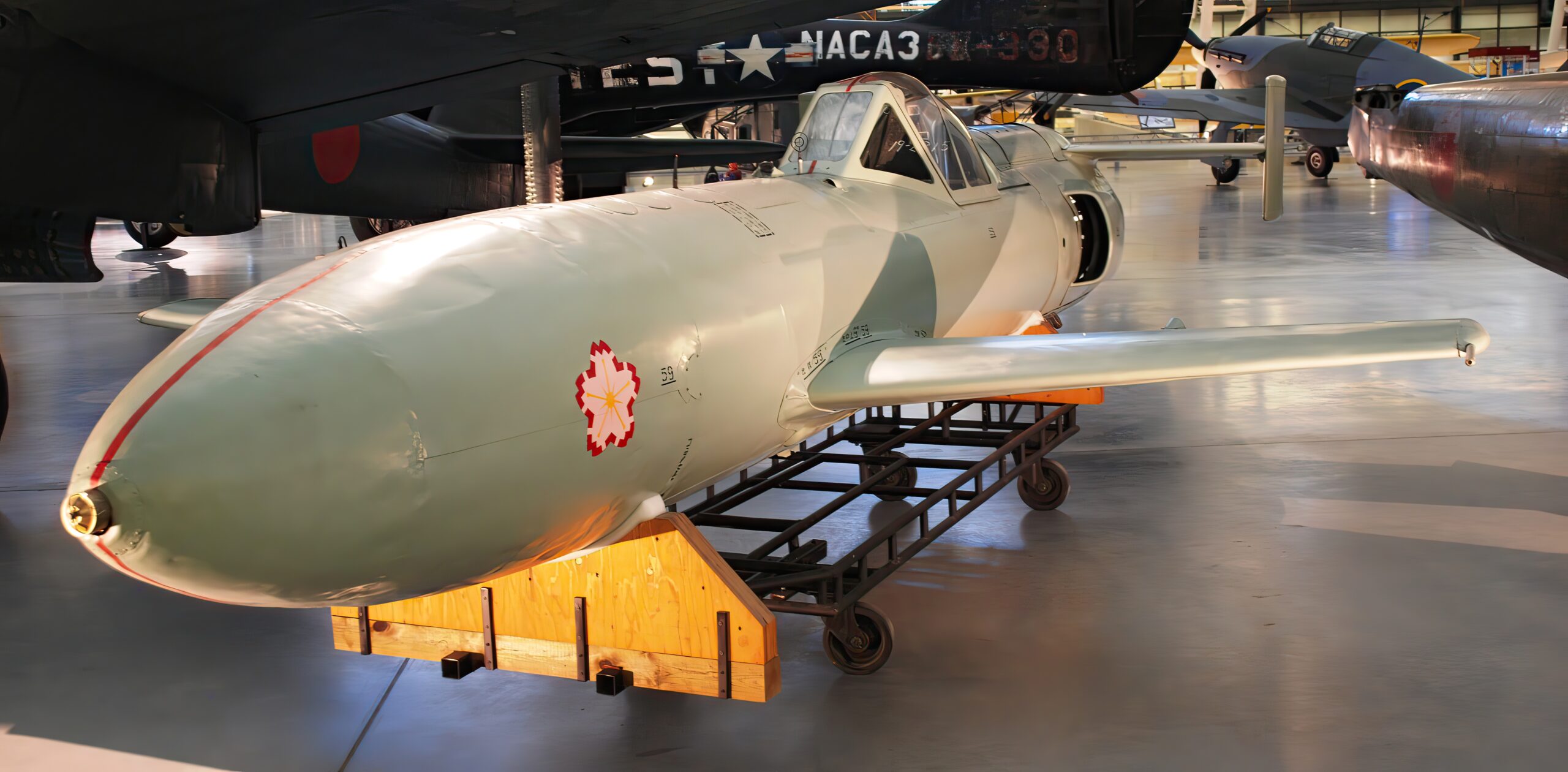
Cherry blossom
The MXY-7, named Ohka, which means “cherry blossom” in Japanese, was a manned aircraft, featuring a long tubular fuselage made of thin aluminum and wooden wings to reduce weight and minimize the use of strategic materials. It used three solid-fuel rocket engines for propulsion and was armed with a 2,600 lb warhead. The MXY-7 was carried as a parasite aircraft underneath a Mitsubishi G4M series bomber.
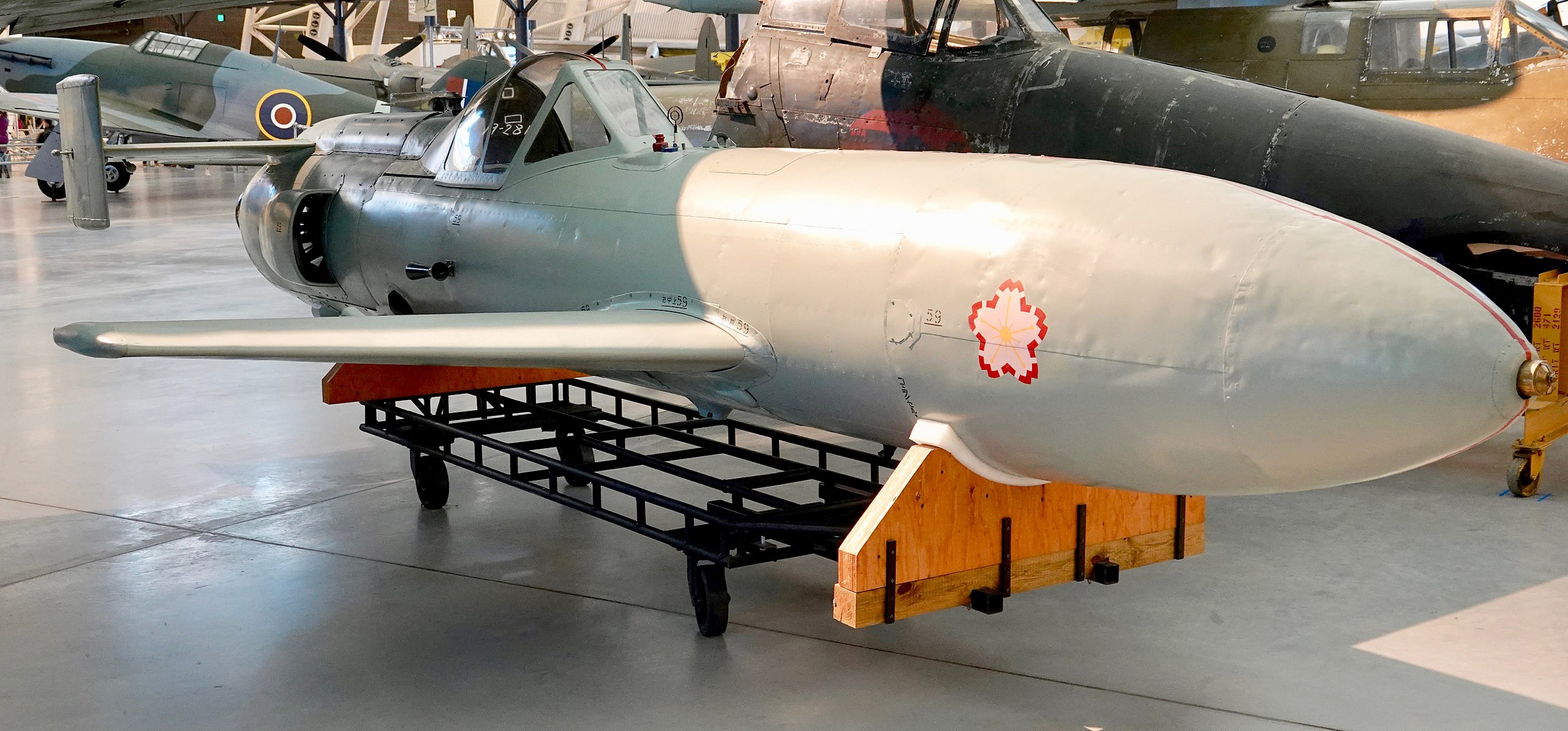
Once near the target area, it was released and glided towards the enemy ship guided by the kamikaze pilot inside. On the attack run he activated the rocket engines to accelerate before crashing into the target. To provide the would-be kamikazes with some experience with the aircraft, an unpowered trainer version, Okha K-1, was designed. It had water ballast instead of the warhead and a skid for landing.
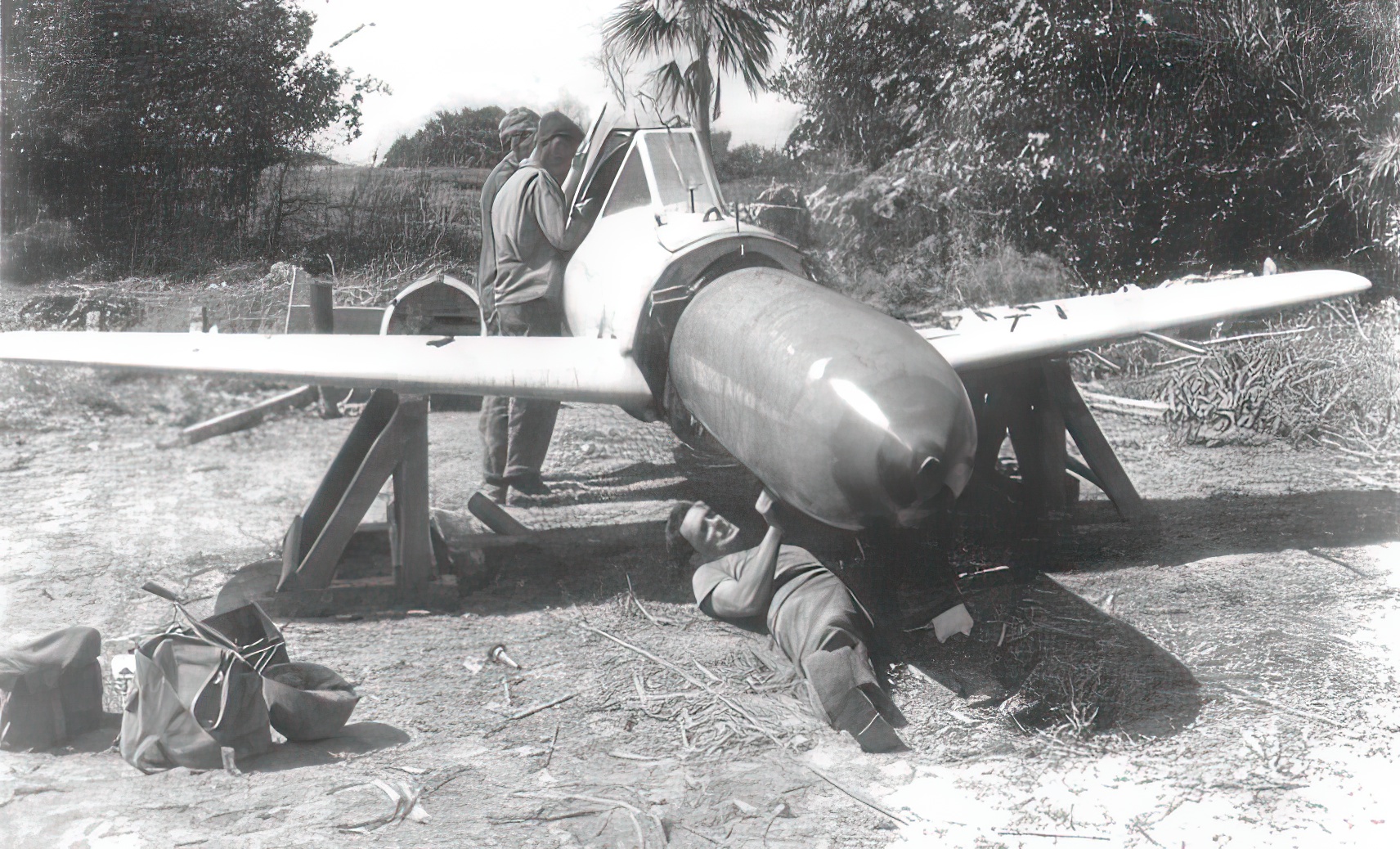
Baka Bombs in action
American servicemen also gave the new weapon a Japanese name: “Baka Bomb,” where “baka” is Japanese for “foolish.” They first encountered the new weapon during the Battle of Okinawa in the spring of 1945. Japanese command rushed scores of kamikaze-manned flying bombs into action to thwart American invasion of the island. On April 12, 1945, an MXY-7 struck the starboard waterline of the Allen M. Sumner-class destroyer USS Mannert L. Abele. The ship broke in two and rapidly went to the bottom.
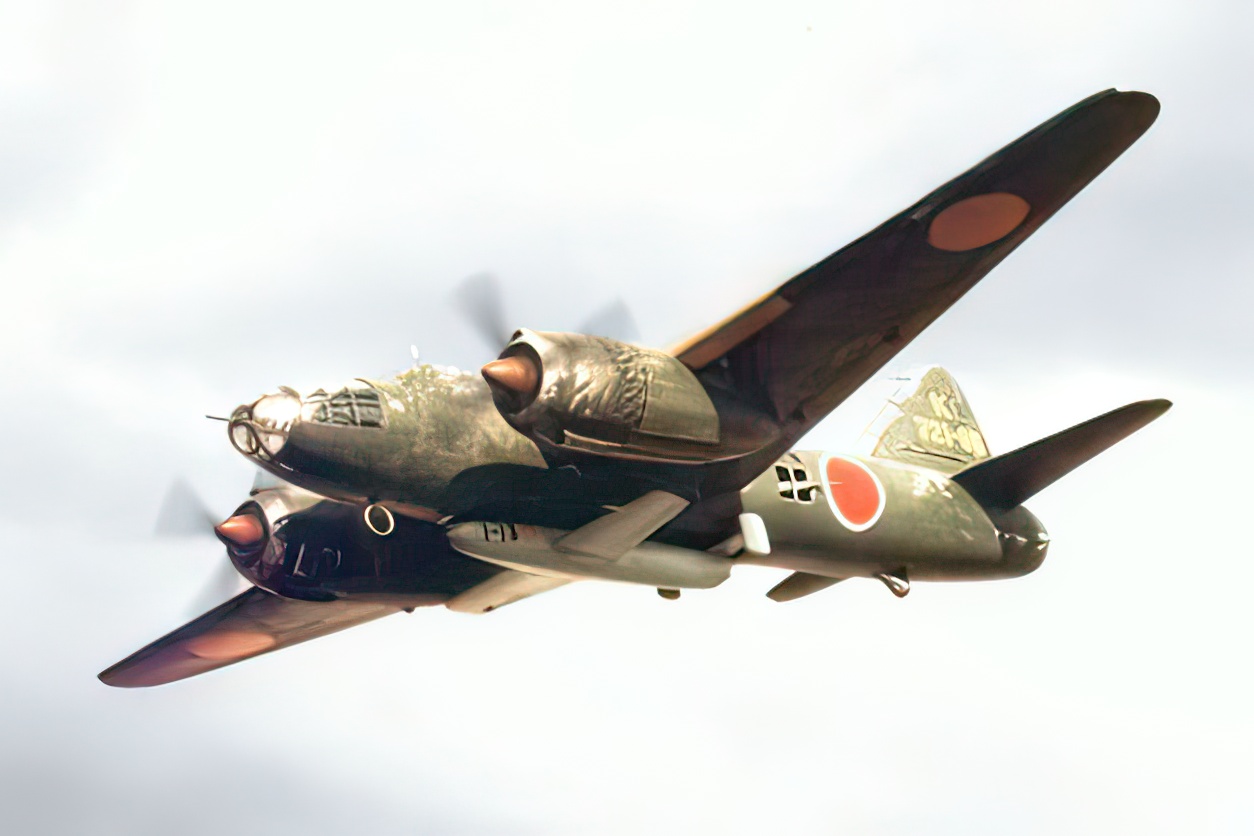
On the same day another Ohka damaged the USS Jeffers, a Gleaves-class destroyer and the USS Stanly, a Fletcher-class destroyer. That was a strong start. However, during the rest of the war Ohkas only damaged several more targets, no aircraft carriers or any other capital warships among them. Consequently, the perceived wonder weapon failed to influence the course of war in any significant way.
Bringing Ohkas down
True, Ohkas were no easy target for ship AAA batteries. Their rocket engines provided the deadly missiles with a top speed of 400 mph even in level flight, and in a dive they could approach the target as fast as 620 mph. The introduction of Ohka was also a breakthrough achievement in that it was effectively a standoff weapon, allowing Japanese bombers to attack US Navy vessels without entering the range of ship anti-aircraft artillery.
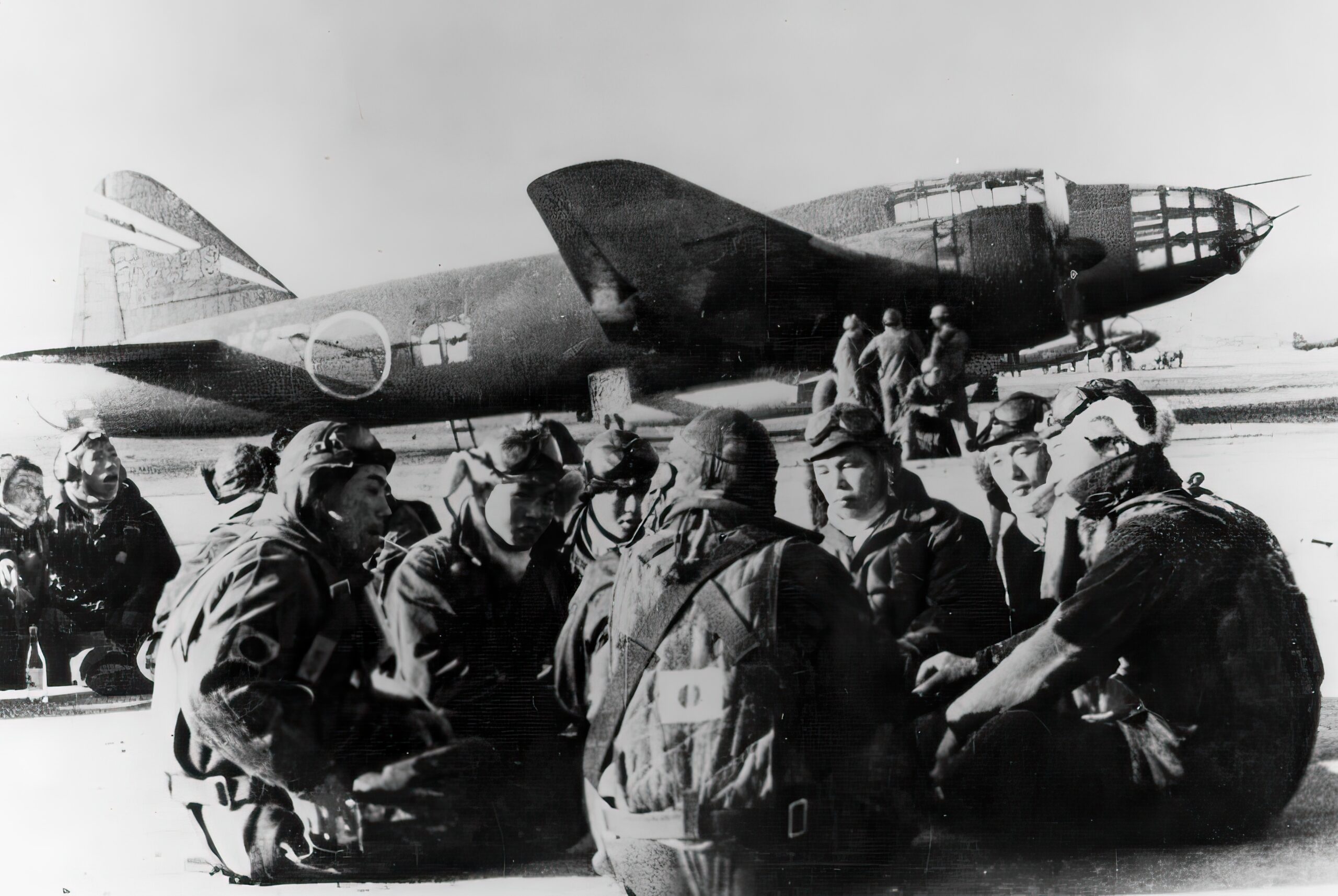
However, Okha’s low range meant that bombers carrying it still had to get quite close to the target for launch—to about twenty miles. At such distances bombers carrying a 4,700 lb load under their bellies became easy prey for US carrier-based fighter aircraft. In fact, many Ohkas were lost together with their mothership aircraft before even being launched. US Navy gunners also managed to shoot down or throw off course by killing their pilots some of the Ohkas that were launched.
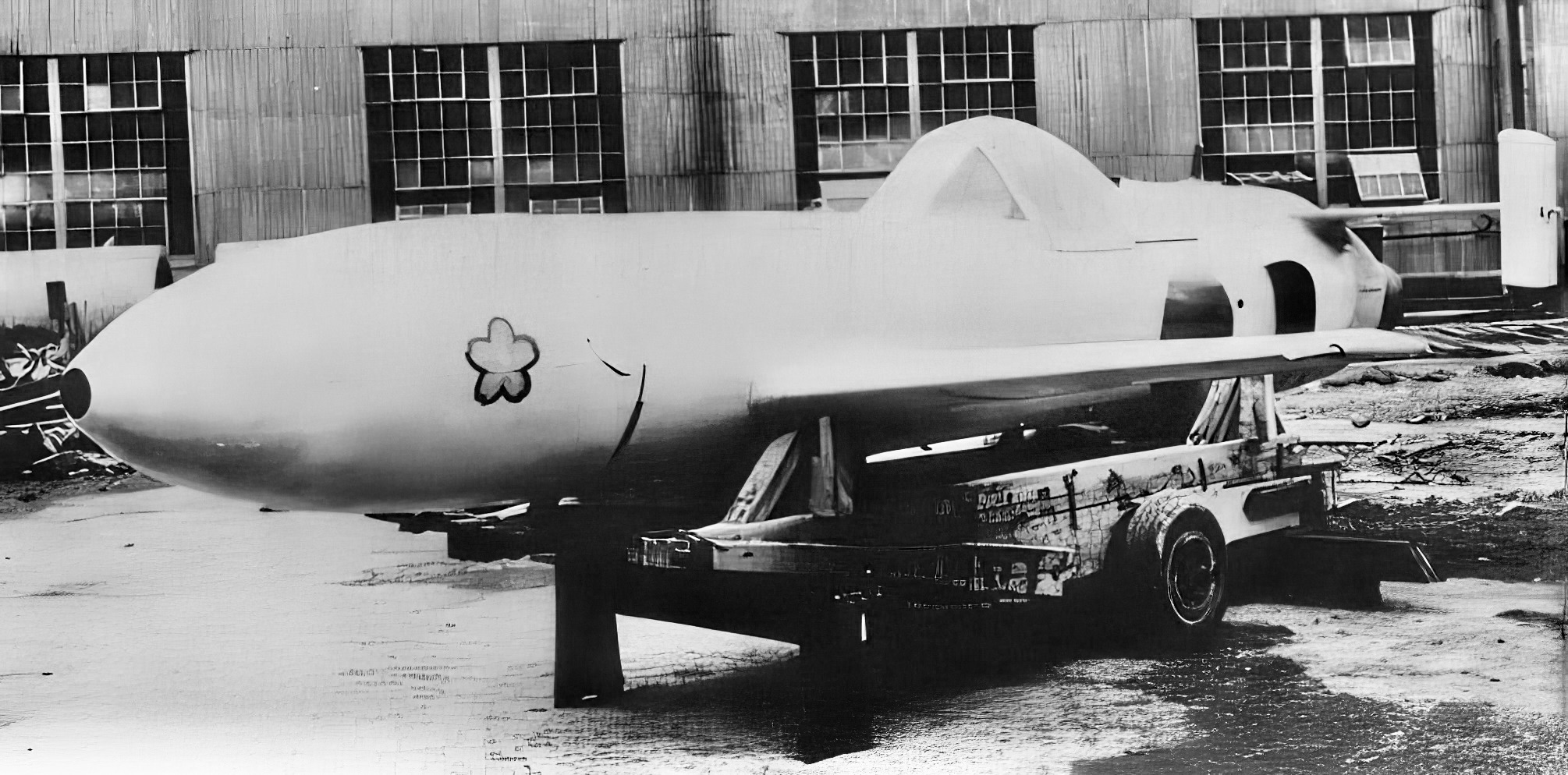
Improving the design
Despite the aforementioned shortcomings, the concept had potential and Japanese engineers worked on expanding the original Model 11’s short range. Particularly promising were the Model 22 powered by a motorjet engine and the Model 33, which used an Ishikawajima Ne-20 engine, the same turbojet that powered Japan’s first jet aircraft, the Nakajima Kikka. There were also far-reaching plans of adapting Ohkas for launching from caves and submarines. However, they never materialized and only the Model 11 was actually used in combat.
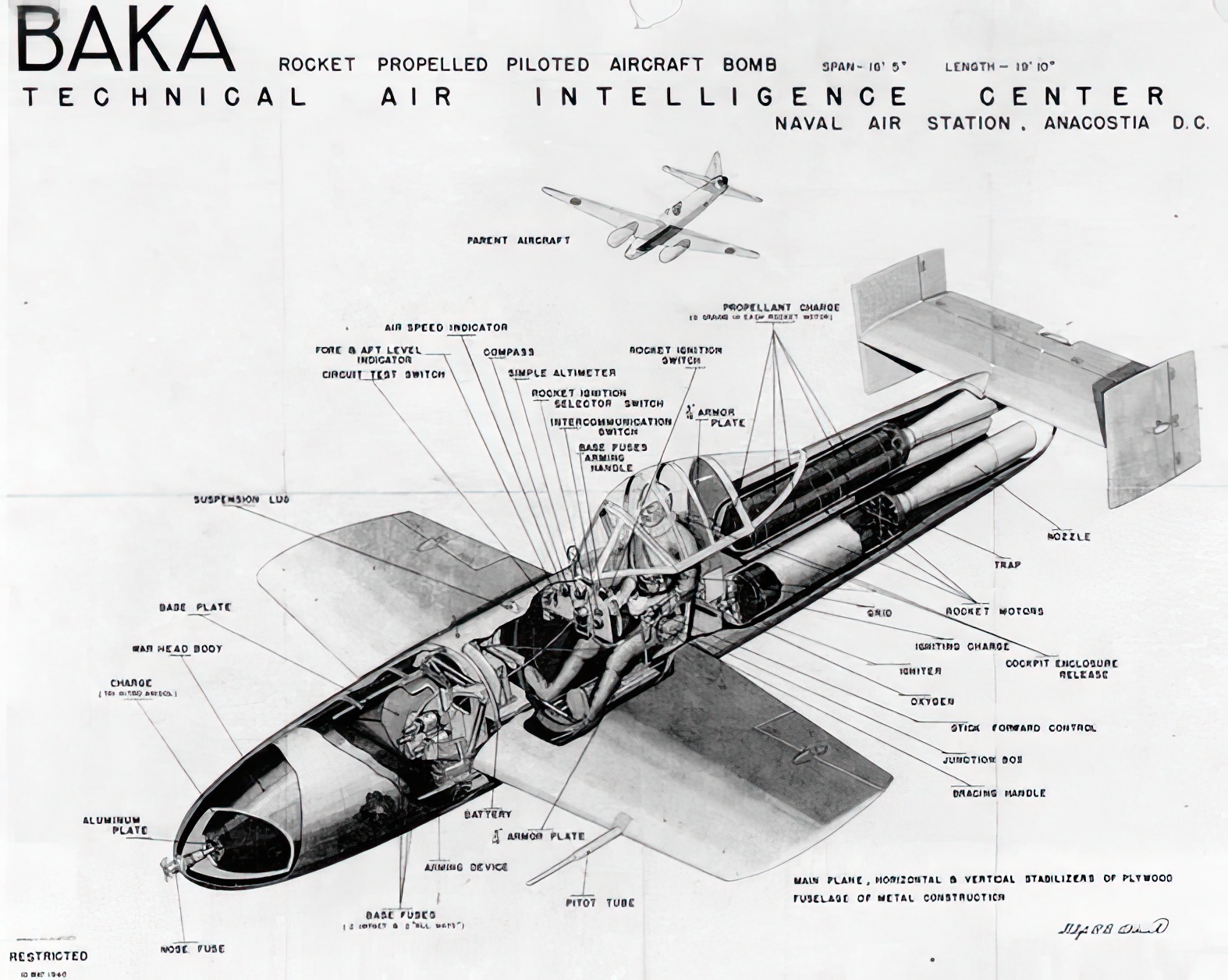
In total, over 850 Ohkas, mostly of the Model 11 variant were built. Many of those were never used in combat, and quite a few ultimately landed in various museums around the world, including in the US and the UK.

